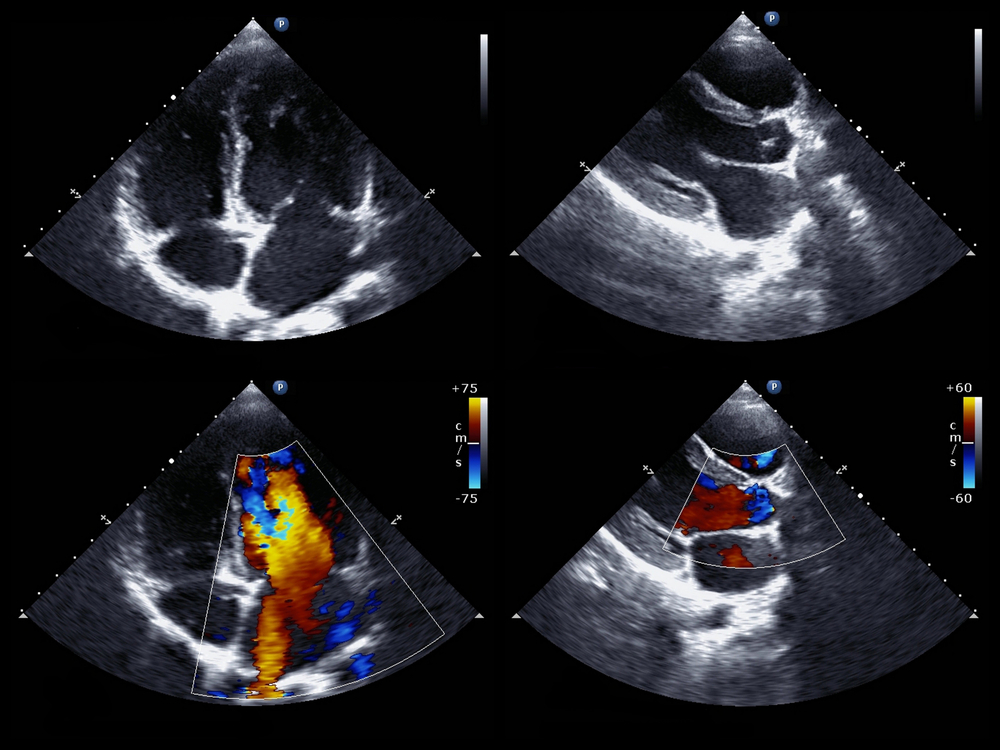Echocardiogram Screening Can Identify PH in Infants, German Study Shows

Echocardiograms can identify infants at risk of developing pulmonary hypertension, especially babies who are underweight, a German study reports.
Early treatment can eliminate PH in many newborns, the study added.
The research, in the journal Neonatology, is titled “An Echocardiographic Screening Program Helps to Identify Pulmonary Hypertension in Extremely Low Birthweight Infants with and without Bronchopulmonary Dysplasia: A Single-Center Experience.”
The rate of pulmonary hypertension is particularly high in infants with low – below 1,000 grams, or 2 pounds and 3 ounces. In these cases, PH is frequently associated with an arrested lung development condition known as bronchopulmonary dysplasia, or BPD. If left untreated, half of BPD-PH infants die with two years of diagnosis.
University of Cologne medical researchers established an echocardiogram-screening program between 2010 and 2015 to identify underweight infants with PH. Echocardiograms use sound waves to make pictures of the heart.
Underweight infants at the single hospital in the study “were regularly screened for echocardiographic signs of PH either before discharge or when BPD was diagnosed at 36 weeks of gestation,” the team wrote. After leaving the hospital, the infants had at least one additional echocardiographic scan.
Researchers used the scan results to determine the risk that an underweight infant would develop PH and the age when the baby got it.
Doctors diagnosed 34 of the 188 infants, or 17 percent, with PH. The diagnosis for seven of the babies — or 41 percent of those identified as having PH — came after they had left the hospital.
“This finding alludes to the fact that a single screening echocardiography shortly before discharge does not reliably identify infants at risk for PH,” the team wrote.
They also reported that 32 percent of the infants with PH had no signs of BPD. That finding supports the idea that the risk of a baby developing PH exists even when the child does not have BPD.
The risk factors that the study identified for PH included moderate or severe BPD, a birthweight in the bottom third of all newborn, and the rupture of fetal membranes before labor.
Revatio (sildenafil) improved most of the infants’ PH. In fact, it resolved many of the cases after a median duration of a year.
Overall, the results suggested that “echocardiographic screening programs may help to identify infants at risk of PH and should be implemented in departments” caring for underweight infants, the team wrote. “Examinations should be continued after discharge and irrespective of the presence of BPD,” they added.







